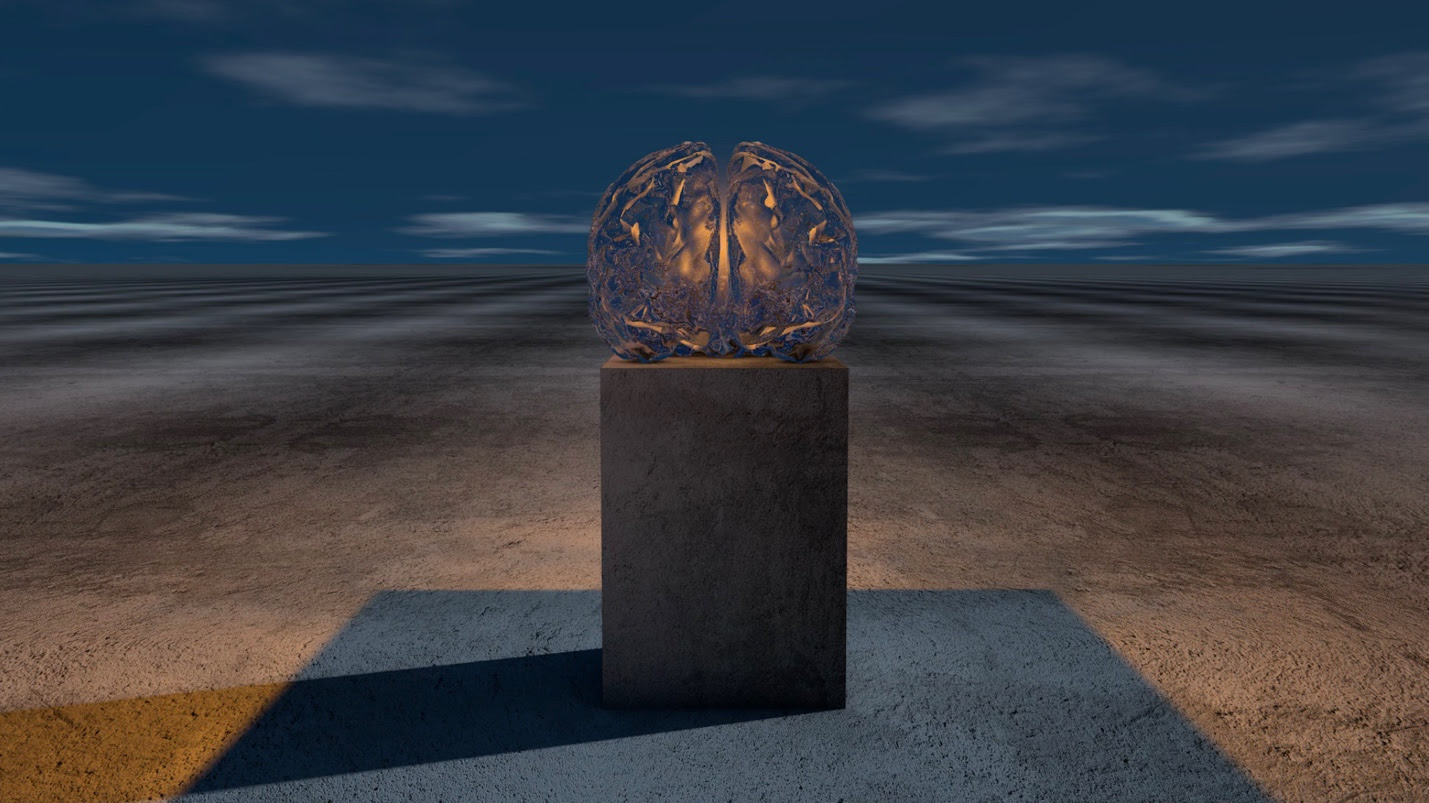Light-Based ASU Project Addressing Air Quality Issues to Debut at SMoCA

Scottsdale Museum of Contemporary Art will be the first venue to present a new arts and engineering initiative from Arizona State University on Nov. 4. Funded by ASU’s Herberger Institute for Design and the Arts, “The Air Around Us” aspires to increase the visibility of poor air quality conditions across the Phoenix metropolitan area. In addition to real-time visualizations of present conditions, those behind the initiative hope to contribute to the data narrative while creating opportunities for change and actionable response to poor conditions.
The project comprises a series of glass organs — brain, heart and lungs — that illuminate from within. The color displayed within the organs will visualize real-time air quality conditions from a network of sensors. In this system, red indicates poor air quality, yellow means moderate air quality and green signifies good air quality.
Each object is driven by a triangulation of data relative to where the object is presented. In addition, an artificial intelligence-driven predictive modeling system represents the community’s air quality trajectory into the future if action is not taken to improve the air quality.
In addition to SMoCA, other installations in the series will appear at the i.d.e.a. Museum and The Sagrado. Each site has a different sculpture, all of which receive real-time air quality data locative to each site. The predictive modeling system at each location will also display an image from each institution that slowly falls apart.
The sculpture at SMoCA will go on view Nov. 4 in the museum’s front window and remain through spring 2023. Due to its window location, the installation will also be visible when SMoCA is closed.
“SMoCA is delighted to present this project in collaboration with ASU, The Sagrado Galleria, and i.d.e.a. Museum,” said Julie Ganas, curator of engagement and digital initiatives at the museum. “It is our hope that ‘The Air Around Us’ will spark conversations about air quality in the Phoenix metro area using art as a vehicle to bring awareness to this pressing issue and its effects on our community.”
Because conversations about the physiological impacts of poor air quality often center around lungs and pulmonary systems, this project aims to show how other significant organs are also impacted. The project’s creators hope to examine the wellness of the region as a geographical body through the creation of this installation network.
Max Bernstein, a professor of film and media production at ASU, is the project lead for this initiative. He said they hope to create greater awareness about both the slow violence of poor air quality and the equity issues associated with the reality that poor air quality disproportionately impacts vulnerable populations in the community.
“In the process of designing and producing this work, we also desire to keep the carbon footprint of our initiative as low as possible, as not to further exacerbate environmental conditions with our gesture,” Bernstein said. “We have decided to work with sustainable materials, including recycled glass and low-powered electronics. We have also partnered with local artists and fabricators — The Melting Point and Weld House — who will use locally sourced materials to reduce shipping footprints while also investing in the makers of our region.”
The timing of this installation coincides with the first day of another Scottsdale Arts project, the 10-night Canal Convergence event at the Scottsdale Waterfront, which features light-based artworks like “The Air Around Us.” Also on view inside SMoCA during the installation of “The Air Around Us” is another exhibition focusing on light art: “Phillip K. Smith III: Three Parallels.”
For more behind this Frontdoor, visit SmoCA.org






